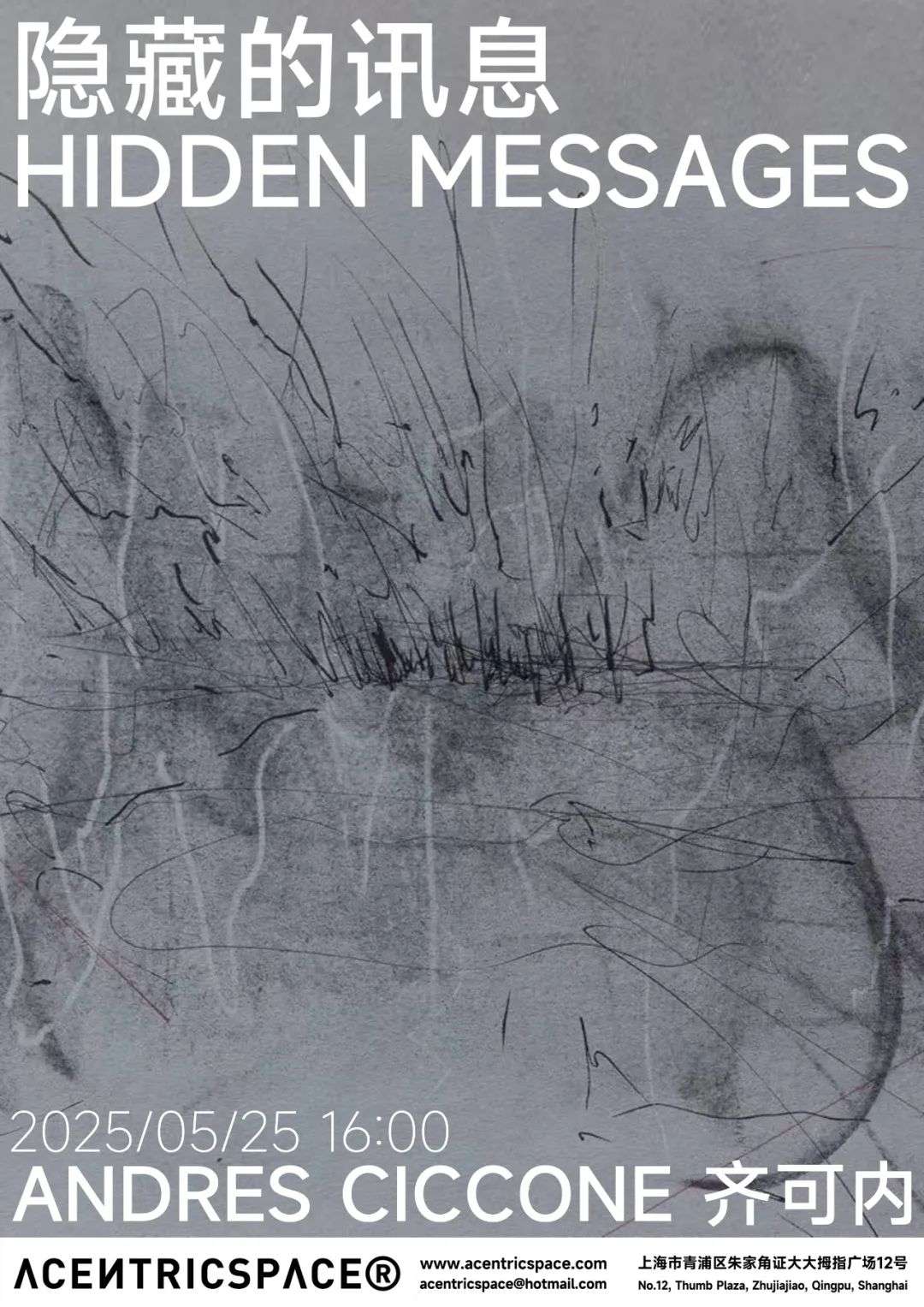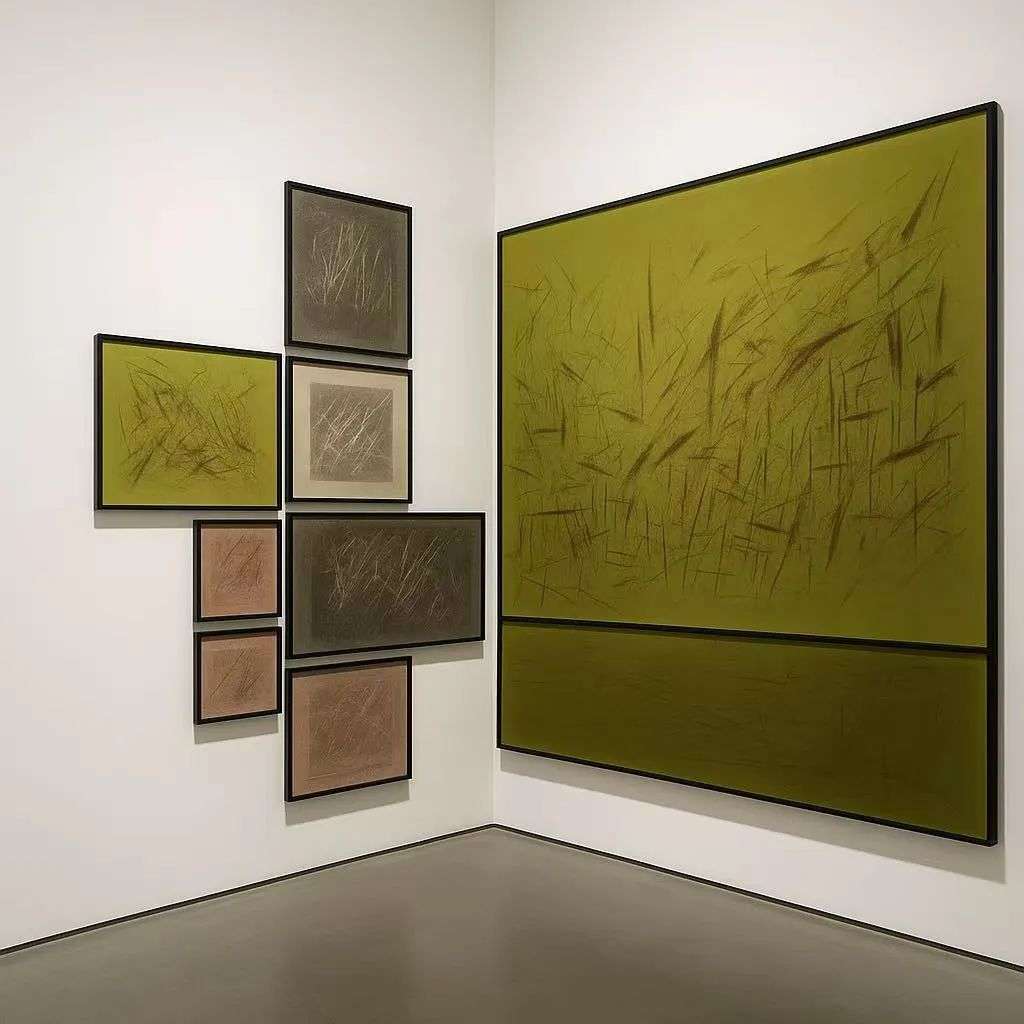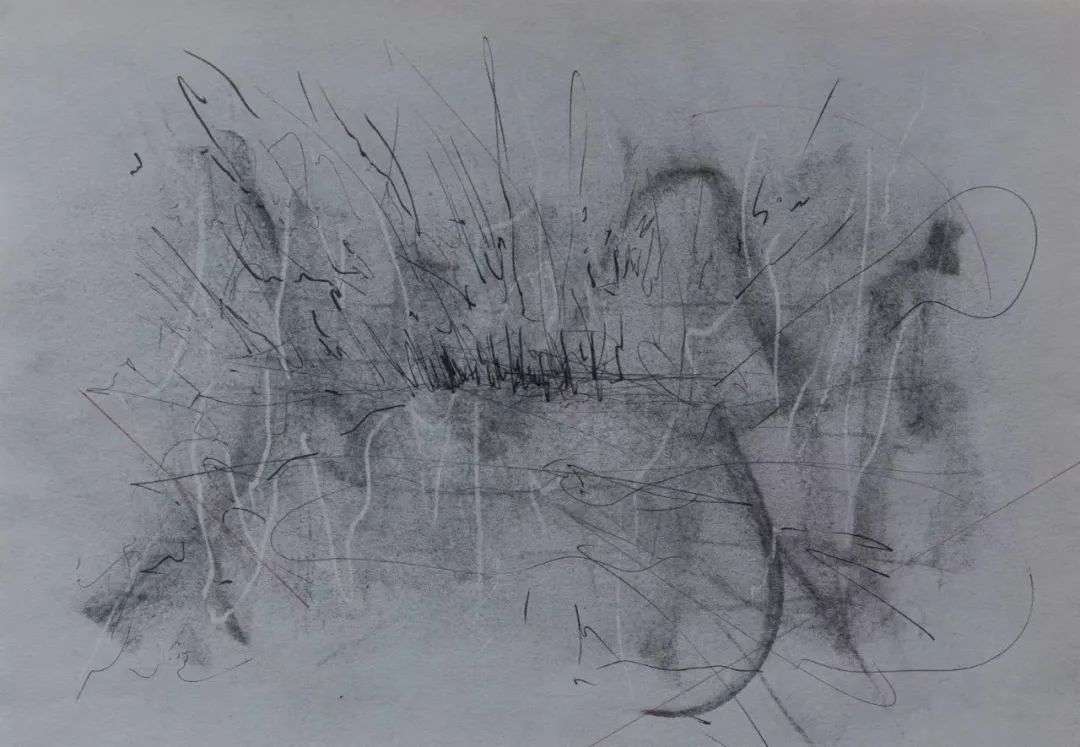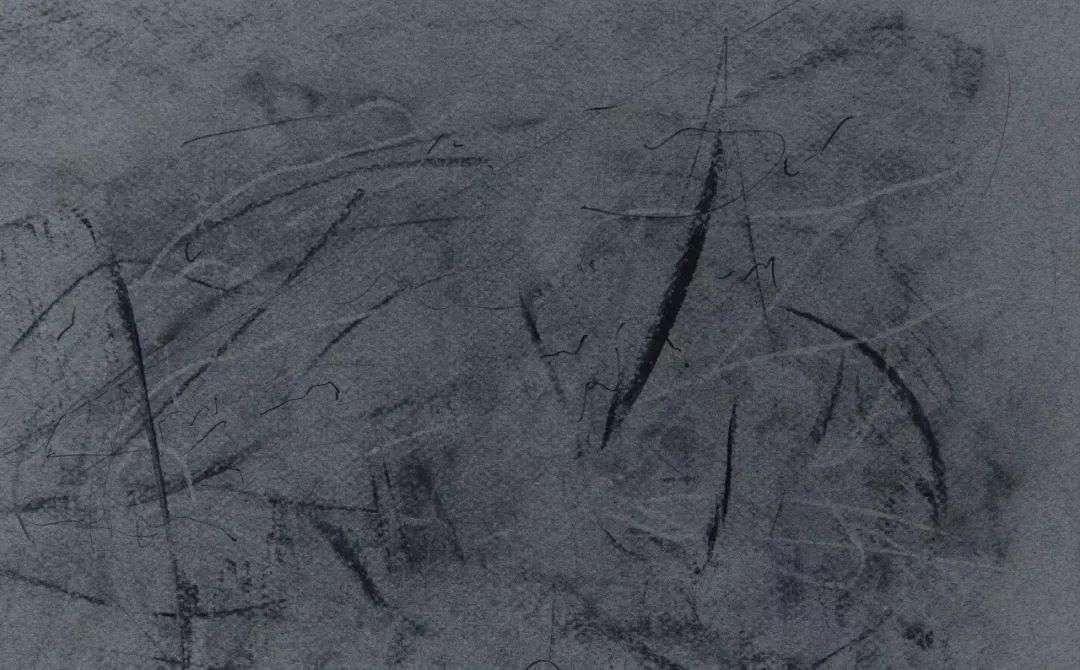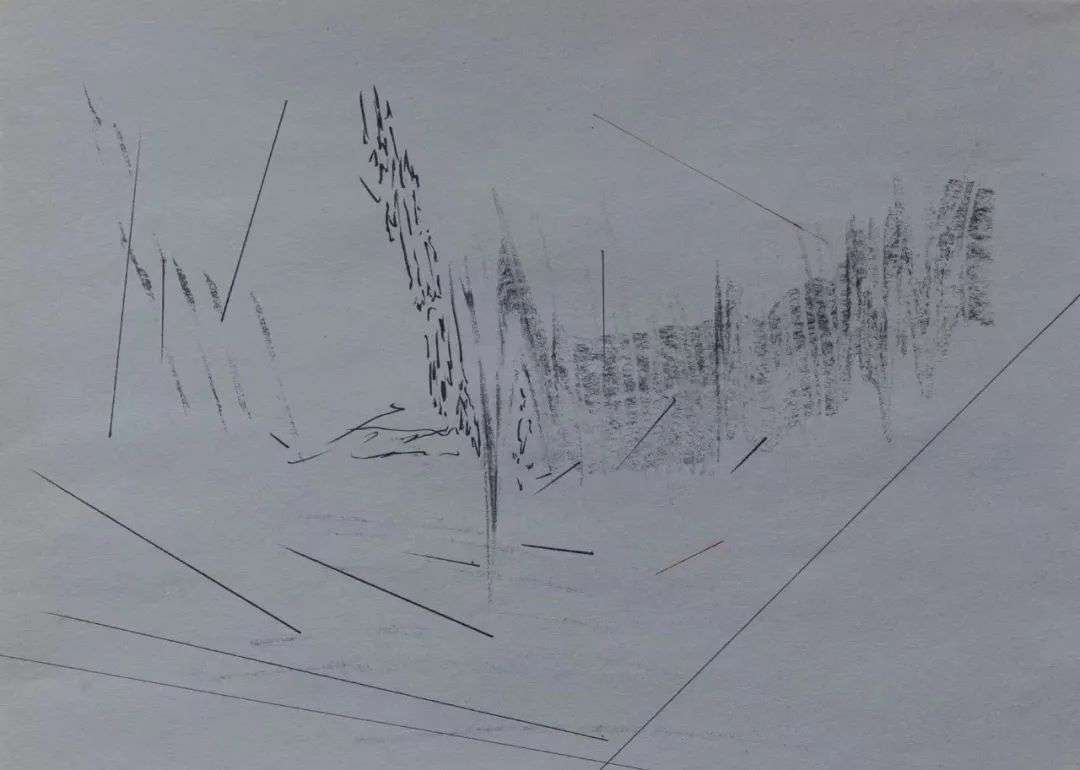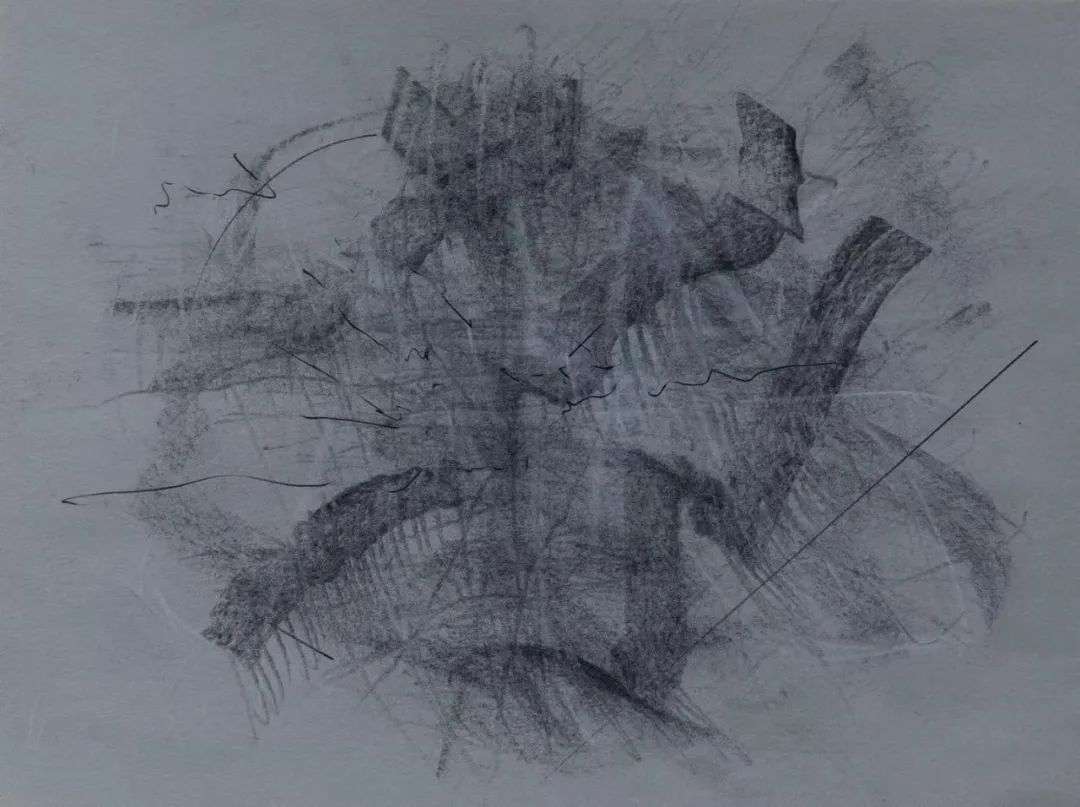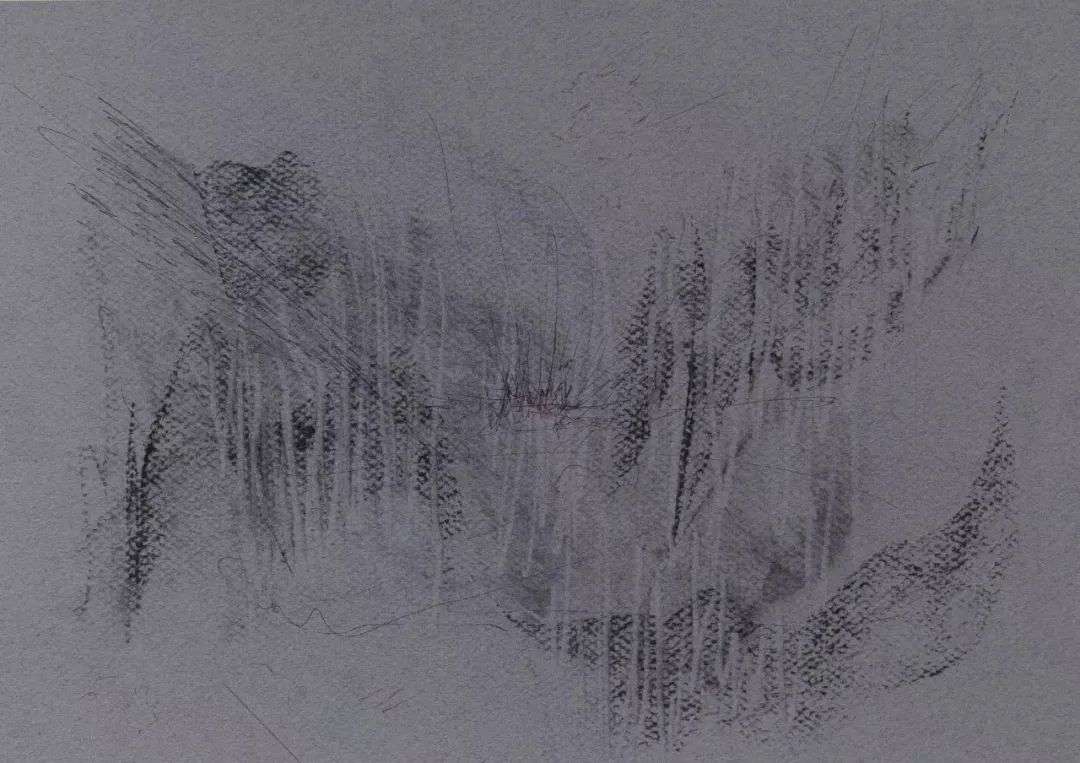2025 May Artists in Residence
Residency Works Open Day
Hidden Messages
Andrés Ciccone
May 25 (Sunday) 16:00, 2025
前言 Introduction
Andrés Ciccone的作品根植于抽象主义,以此表达当代生活中的集体记忆、流离失所和静默的暴力。他的作品主要以水墨、纸张和内敛的色彩为媒介,游走于几何与姿态、建筑与断裂之间。每一件作品都成为一个由不稳定构建的结构,一场关于缺失、创伤和情感张力的视觉冥想。
近期在中国驻地期间,Ciccone创作了《Study for The Massacre of the Innocents》,这一系列作品的灵感源自圣经中希律王敕令的叙事。长期以来,勃鲁盖尔、鲁本斯和毕加索等艺术家将这一主题解读为国家暴力和权力滥用的隐喻,在当今地缘政治动荡、被迫迁移和系统崩溃的背景下,这一主题再次引发共鸣。Ciccone并非直接描绘这些事件,而是构建了一种能够将混乱和痛苦转化为敏感结构的视觉语言。
他在亚洲的经历深刻地塑造了这一新的创作方向。他受传统中国水墨画的启发,将笔触视为呼吸,将虚空视为形式,将姿态视为静默的容器。韩国单色画运动也对他产生了深远的影响,尤其体现在其对重复、材料敏感性和精神修持的强调上。李培、河钟铉和李禹焕等艺术家提供了概念和形式的参考,引导西科内走向一种本质主义的语言,一种优先考虑张力、质感和简化而非表象的语言。
他的许多作品都源于混乱与秩序之间的摩擦:碎片化的网格、爆炸性的对角线以及充满内在张力的色域。他的几件作品被排列成十字形,这不仅象征着脆弱性和牺牲精神,也是一种将历史与现实交织的结构装置。这些作品虽然抽象,却唤起了建筑倒塌的痕迹、迁徙的路线,以及逝去躯体的幽灵般的存在。
Ciccone将几何作为一种通用语言,相信即使在抽象中也能触及深刻的真理。他的目标并非解释或阐释,而是开辟空间,让人们能够亲密地、静静地、不带任何炫耀地感受当代暴力和历史记忆。
在这个充满不确定性、系统性崩溃和情感疲惫的时代,Ciccone的作品坚持运用抽象的力量来见证。他的作品并非寻求终结,而是构建了悲伤、反思和存在共存的结构。对他而言,艺术仍然是最后几个可以诉说真相的地方之一,即使只是轻声细语。
Andrés Ciccone’s practice is rooted in abstraction as a means of articulating collective memory, displacement, and the quiet violence of contemporary life. Working primarily with ink, paper, and a restrained palette, his compositions navigate the space between geometry and gesture, architecture and fracture. Each piece becomes a structure built out of instability—a visual meditation on absence, trauma, and emotional tension.
During a recent residency in China, Ciccone developed Study for The Massacre of the Innocents, a body of work inspired by the biblical narrative of Herod’s decree. Long interpreted by artists such as Bruegel, Rubens, and Picasso as a metaphor for state violence and the abuse of power, this theme resonates anew in today’s context of geopolitical unrest, forced migration, and systemic collapse. Rather than illustrate these events directly, Ciccone constructs a visual language capable of translating chaos and pain into sensitive structures.
His time in Asia profoundly shaped this new direction. From the tradition of Chinese ink painting, he adopted an approach that treats the stroke as breath, the void as a form, and the gesture as a container of silence. The Korean Dansaekhwa movement offered additional influence, particularly in its emphasis on repetition, material sensitivity, and spiritual discipline. Artists such as Lee Bae, Ha Chong-hyun, and Lee Ufan provided conceptual and formal reference points that guided Ciccone toward a language of essentialism—one that prioritizes tension, texture, and reduction over representation.
Many of his compositions emerge from the friction between chaos and order: fragmented grids, explosive diagonals, and fields of color charged with internal strain. Several works are arranged in the shape of a cross, functioning not only as a symbolic reference to vulnerability and sacrifice, but also as a structural device that intersects history with the present. Though abstract, the works evoke traces of collapsing architecture, migratory routes, and the spectral presence of absent bodies.
Ciccone uses geometry as a universal language, believing that even within abstraction, deep truths can be accessed. His goal is not to explain or illustrate, but to open spaces where contemporary violence and historical memory can be felt—intimately, quietly, and without spectacle.
In a time marked by uncertainty, systemic failure, and emotional fatigue, Ciccone’s work insists on the power of abstraction to bear witness. His pieces do not seek closure, but instead propose structures where grief, reflection, and presence may coexist. For him, art remains one of the last places where truth can be told—even if only in a whisper.
